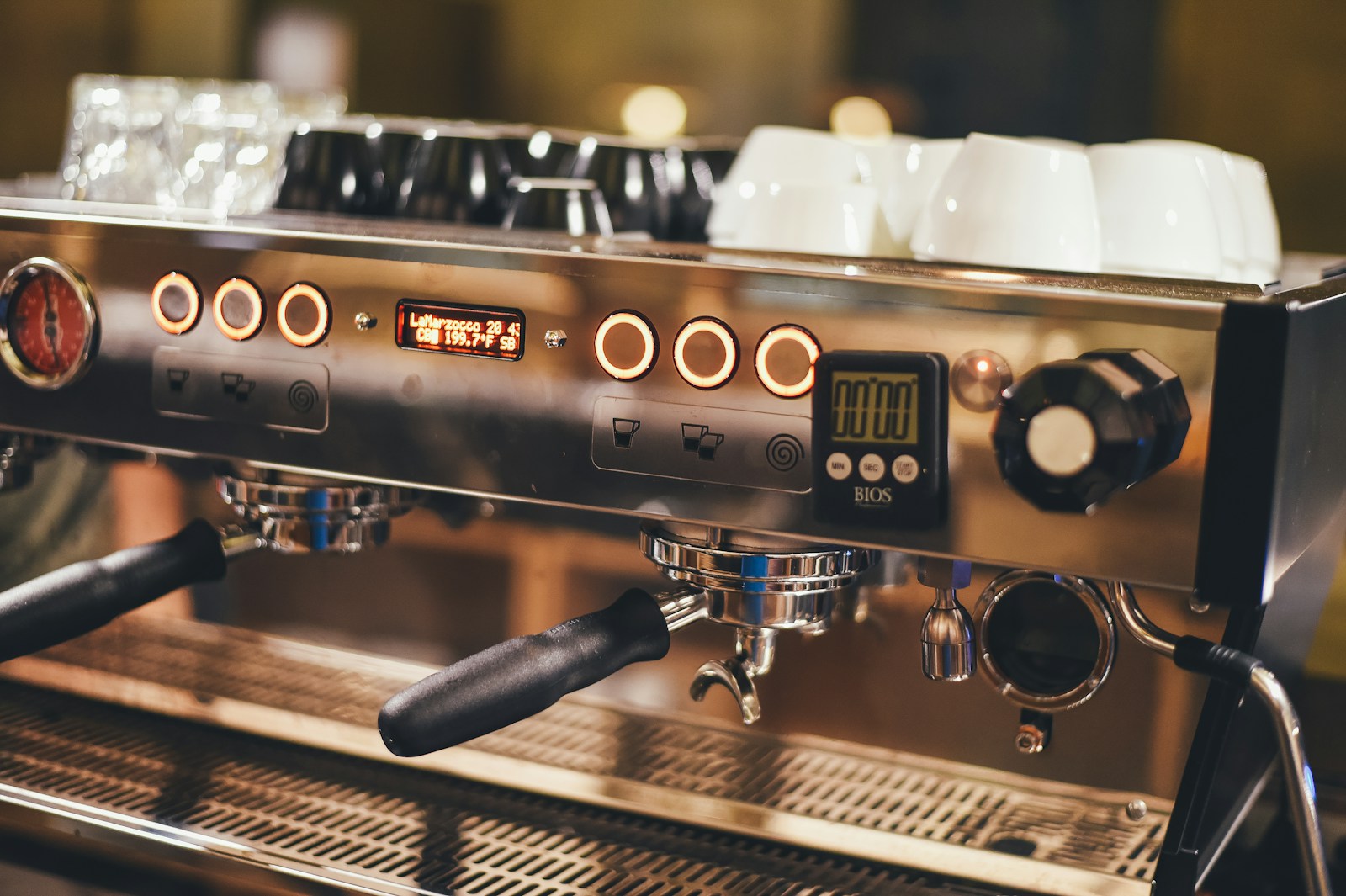Becoming a home barista is an exciting journey that can transform your daily coffee routine into a delightful ritual. With the proper techniques, you can create cafe-quality coffee in the comfort of your own home. This guide will walk you through the essential skills and knowledge you need to start your home barista adventure.
1. Understanding Coffee Beans
Freshness Matters
– Buy whole beans and grind them just before brewing
– Look for roast dates on the packaging; use within 2-4 weeks of roasting
– Store beans in an airtight container away from light, heat, and moisture
Exploring Roasts
– Light roasts: Higher acidity, more complex flavors
– Medium roasts: Balanced flavor, aroma, and acidity
– Dark roasts: Bold, rich flavors with less acidity
2. Mastering the Grind
Importance of Grind Size
– Different brewing methods require different grind sizes
– Espresso: Fine grind
– Drip coffee: Medium grind
– French press: Coarse grind
Investing in a Good Grinder
– Burr grinders offer more consistent results than blade grinders
– Adjust grind size based on your brewing method and personal taste
3. Perfecting Your Brewing Method
Drip Coffee
1. Use 1-2 tablespoons of ground coffee per 6 ounces of water
2. Wet the filter before adding grounds
3. Pour water in a circular motion over the grounds
4. Aim for a total brew time of 3-5 minutes
French Press
1. Use coarse grounds, about 1:15 coffee-to-water ratio
2. Add hot water (just off boiling) to the grounds
3. Stir gently and let steep for 4 minutes
4. Press down slowly and pour immediately
Pour-Over
1. Wet the filter and preheat the dripper
2. Add medium-fine grounds (about 20g per 300ml water)
3. Pour just enough water to saturate the grounds and let it bloom for 30 seconds
4. Continue pouring in slow, circular motions
5. Total brew time should be 2-3 minutes
Espresso (if you have a machine)
1. Use finely ground coffee, about 18-20g per shot
2. Distribute grounds evenly and tamp with consistent pressure
3. Aim for a 25-30 second extraction time
4. The ideal shot should have a golden crema on top
4. Milk Frothing Techniques
For Cappuccinos and Lattes
1. Use cold, fresh milk for best results
2. Steam wand should be just below the milk’s surface
3. Create a whirlpool effect in the milk
4. Listen for a ‘hissing’ sound as you introduce air
5. Stop when the pitcher feels hot to touch (around 150°F/65°C)
Alternative Methods
– Use a handheld frother or French press for foam without a steam wand
– Heat milk separately and foam for a similar effect
5. Water Quality and Temperature
Water Matters
– Use filtered water for the best taste
– Avoid distilled water as it lacks minerals that enhance coffee flavor
Temperature Control
– Ideal brewing temperature: 195°F to 205°F (90°C to 96°C)
– Let boiling water cool for 30 seconds before brewing
6. Cleaning and Maintenance
Regular Cleaning
– Rinse and clean all equipment after each use
– Deep clean your coffee maker and grinder weekly
Descaling
– Descale your coffee maker every 3-6 months, depending on water hardness
– Use a vinegar solution or commercial descaling product
7. Experimenting and Refining
Keep a Coffee Journal
– Note the beans, grind size, brewing method, and ratios you use
– Record your impressions to refine your technique over time
Try New Things
– Experiment with different beans, roasts, and brewing methods
– Don’t be afraid to adjust ratios and techniques to suit your taste
Conclusion
Becoming a skilled home barista is a journey of experimentation and learning. Start with these basic techniques and gradually refine your skills. Remember, the perfect cup of coffee is the one that tastes best to y
